Delegates highly agreed with the necessity of promulgating the Law on Cultural Heritage (amended). The draft law has inherited and amended many provisions of the current law and added many new provisions to overcome shortcomings in practice. In addition, the draft law has chosen to legalize a number of provisions in sub-law documents, increasing the feasibility of the law. Delegates contributed comments on a number of specific contents such as:
Delegate Au Thi Mai speaks during the discussion.
Regarding types of intangible cultural heritage (Article 9), the delegate said that the draft law stipulates that intangible cultural heritages are formed and transmitted during the historical process and adaptation of the subject community to the natural and social environment, including 6 types. Meanwhile, from Circular No. 04, dated June 30, 2010 of the Ministry of Culture, Sports and Tourism to Decree No. 39, dated April 16, 2024 of the Government stipulating measures to manage, protect and promote the value of intangible cultural heritage in the UNESCO list and the national intangible cultural heritage list, all stipulate that the inventory of intangible cultural heritage is carried out for 7 types of heritage. Therefore, delegate Au Thi Mai suggested that the Drafting Committee consider regulating the types as well as the concept of intangible cultural heritage in the draft law to ensure consistency with current regulations.
Regarding the inventory of intangible cultural heritage (Article 10), the delegate said that the inventory of heritage is an important task in the work of protecting and promoting the value of cultural heritage. However, the delegate was concerned about the regulation that the Ministry of Culture, Sports and Tourism conducts a national inventory every 10 years while Clause 1, Article 10 stipulates: The inventory of intangible cultural heritage is inventoried and recorded regularly, continuously, and annually; at the same time, Clause 2, Article 10 stipulates: The provincial People's Committee conducts an inventory of the entire province every 5 years...
The delegate suggested that the Drafting Committee should clarify the basis and appropriateness of the inventory timeline as in the draft law. Because according to the delegate, with such a timeline, if the law comes into effect, localities will conduct an inventory from 2025, and continue to conduct an inventory in 2030, so when will the Ministry of Culture, Sports and Tourism conduct a general inventory, will it have enough human resources to conduct the inventory or will it still only be assigned to localities to conduct the inventory to report to the Ministry of Culture, Sports and Tourism?
Regarding policies for artisans, subjects of intangible cultural heritage (Article 13): In the past, the implementation of policies for artisans has focused mainly on honoring through the titles of People's Artisan, Meritorious Artisan... and some support policies, but they have only been applied to people's artisans and distinguished artisans with low incomes and difficult circumstances.
The delegates suggested that the Drafting Committee should consider specifying the criteria and standards for support of the State's preferential policies, avoiding arbitrary application. At the same time, review the content of Point b, Point c, Clause 1, Article 13 to avoid duplication.
Regarding the permission for investment and construction of works in the relic protection area (Article 26), the delegate suggested that the Drafting Committee should study and supplement stricter and more specific regulations on the permission for investment and construction of works in the relic protection area, such as: Investment and construction of works must ensure the principle of not affecting the original elements constituting the relic, natural landscape and environment; regulations on appraisal, assessment of impact, and level of impact of invested and constructed works.
Because in fact, recently in some localities, especially large cities, many construction projects have threatened and even seriously distorted historical relics and scenic spots.
Regarding financial resources to protect and promote the value of cultural heritage (Article 80), the delegate suggested that the Drafting Committee clarify what "revenue from cultural heritage" is and what it is spent on. Because revenue management and use are big and complicated issues, there needs to be a mechanism to manage revenue well, contributing to increasing funding for investment in protecting and promoting the value of cultural heritage. At the same time, it is suggested to add to the responsibility of relevant ministries and branches in ensuring financial resources to protect and promote the value of heritage.
According to Tuyen Quang Newspaper
Source: http://tuyenquang.gov.vn/vi/post/dbqh-au-thi-mai-gop-y-du-an-luat-di-san-van-hoa-sua-doi?type=NEWS&id=81364


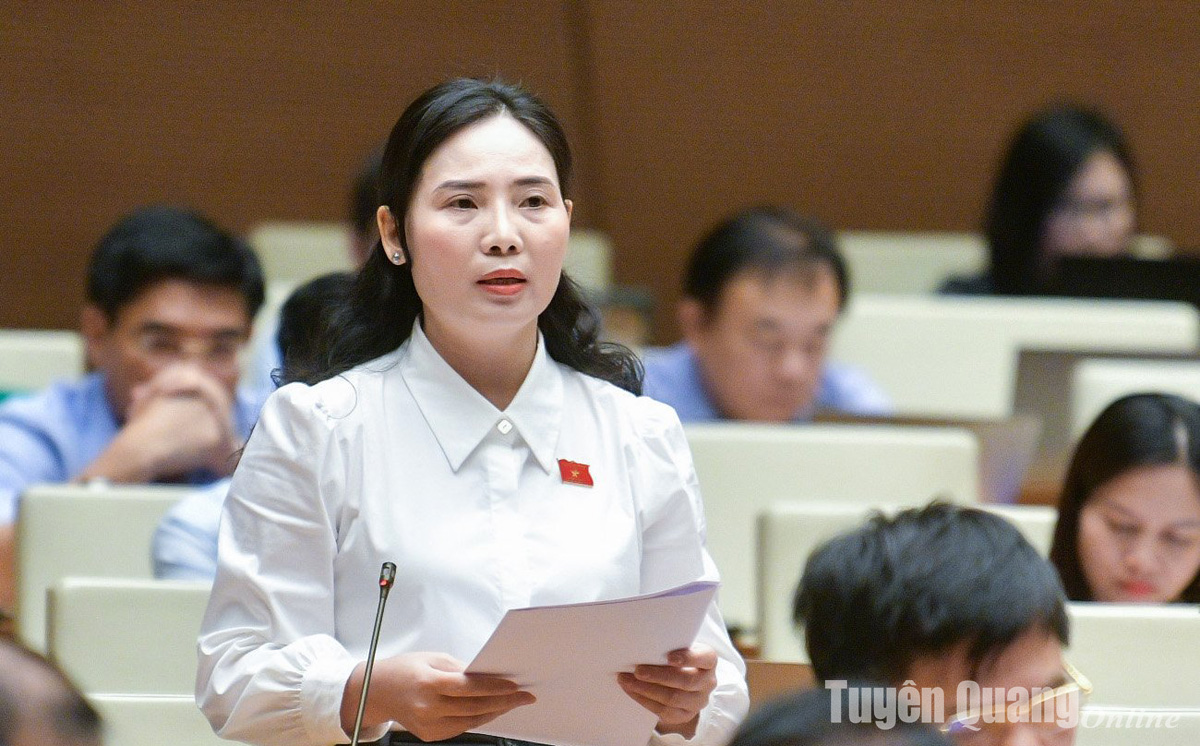
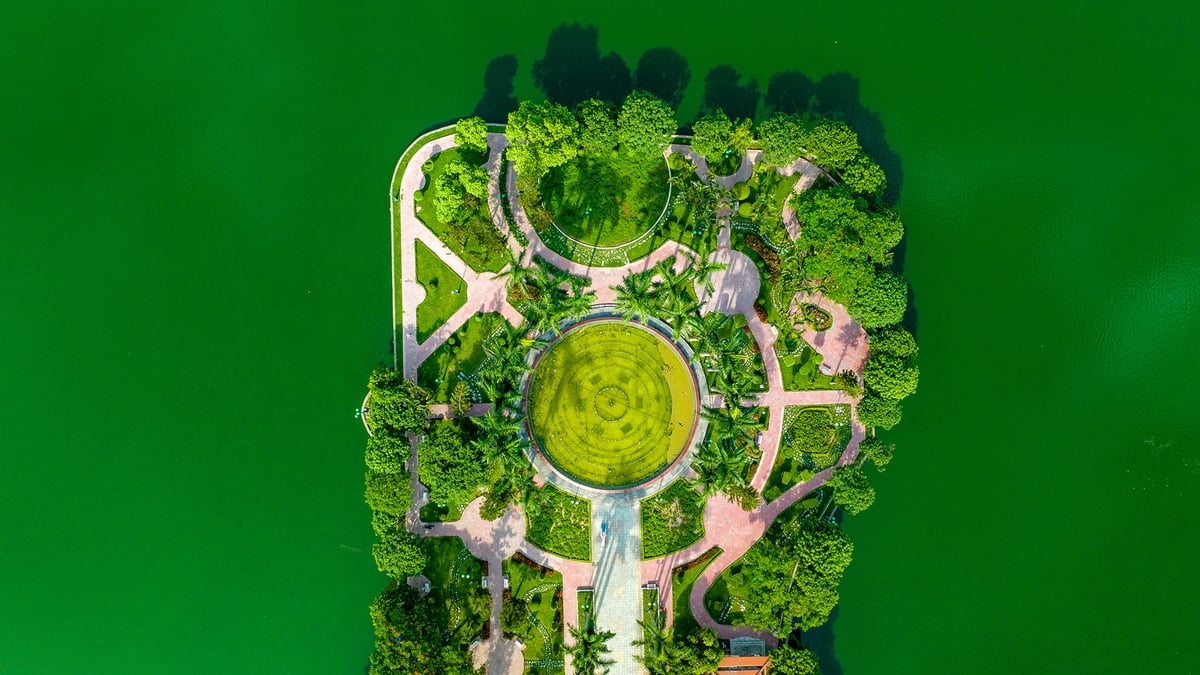





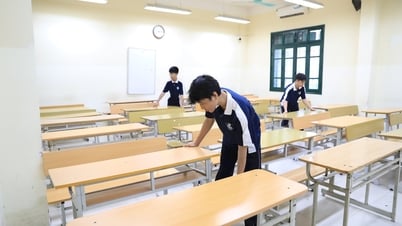

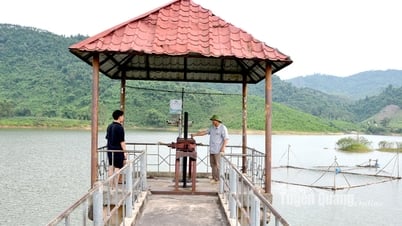

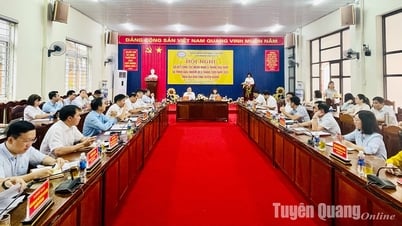

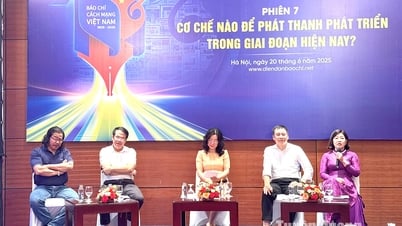

























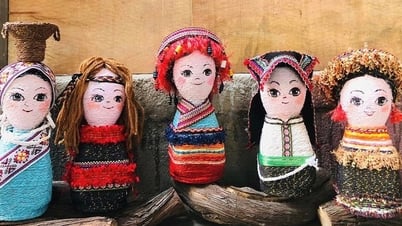





![[Maritime News] Wan Hai Lines invests $150 million to buy 48,000 containers](https://vphoto.vietnam.vn/thumb/402x226/vietnam/resource/IMAGE/2025/6/20/c945a62aff624b4bb5c25e67e9bcc1cb)









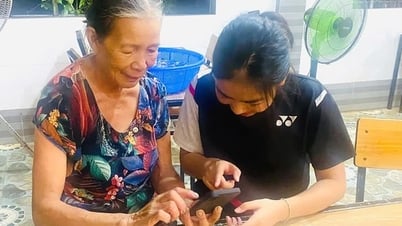

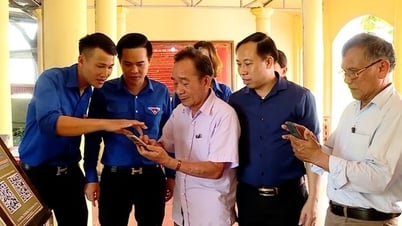
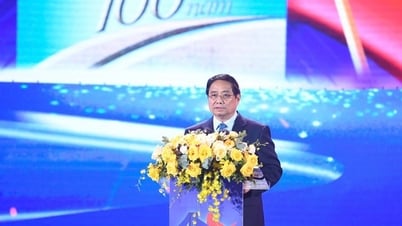

![[Infographic] Party Committee of the Ministry of Culture, Sports and Tourism: Marks of the 2020 - 2025 term](https://vphoto.vietnam.vn/thumb/402x226/vietnam/resource/IMAGE/2025/6/22/058c9f95a9a54fcab13153cddc34435e)







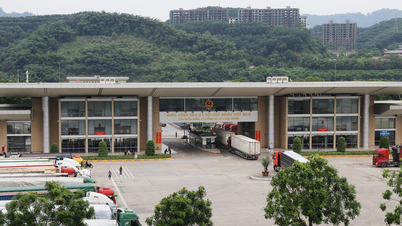

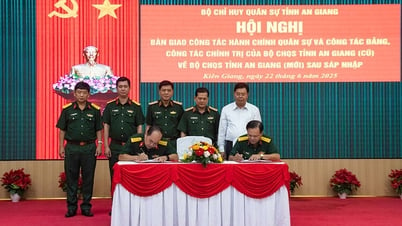

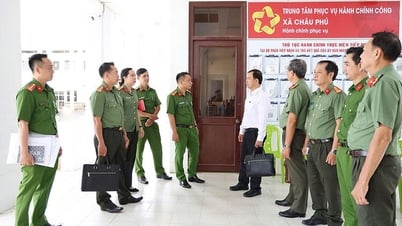
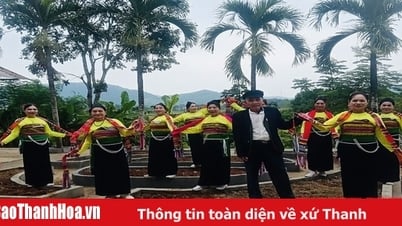











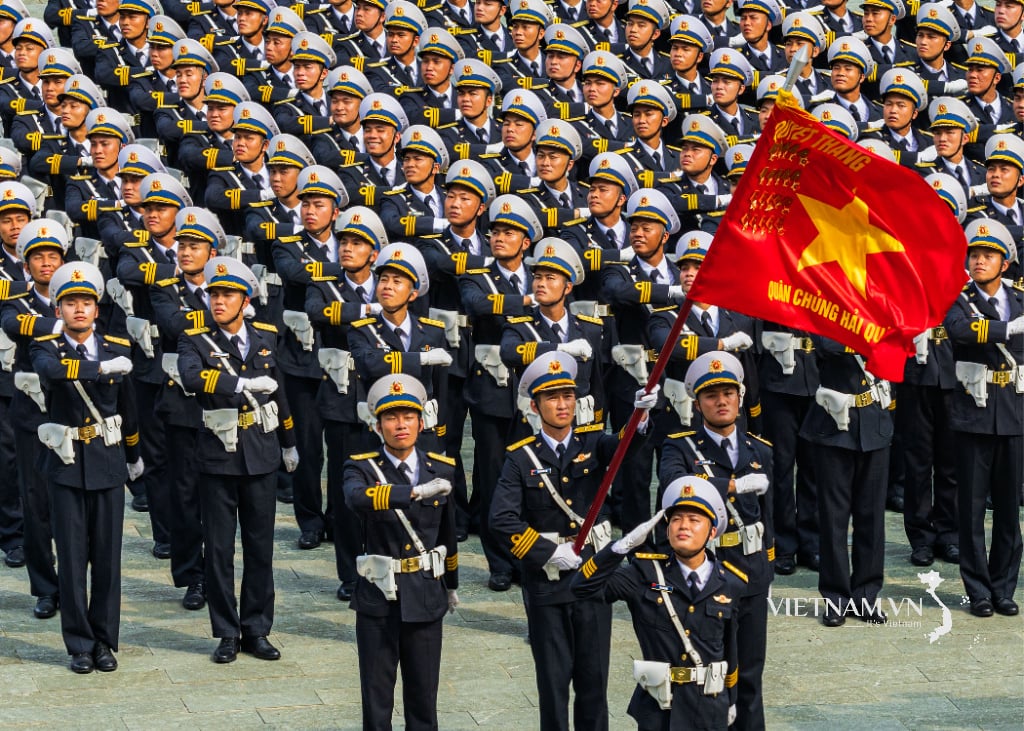
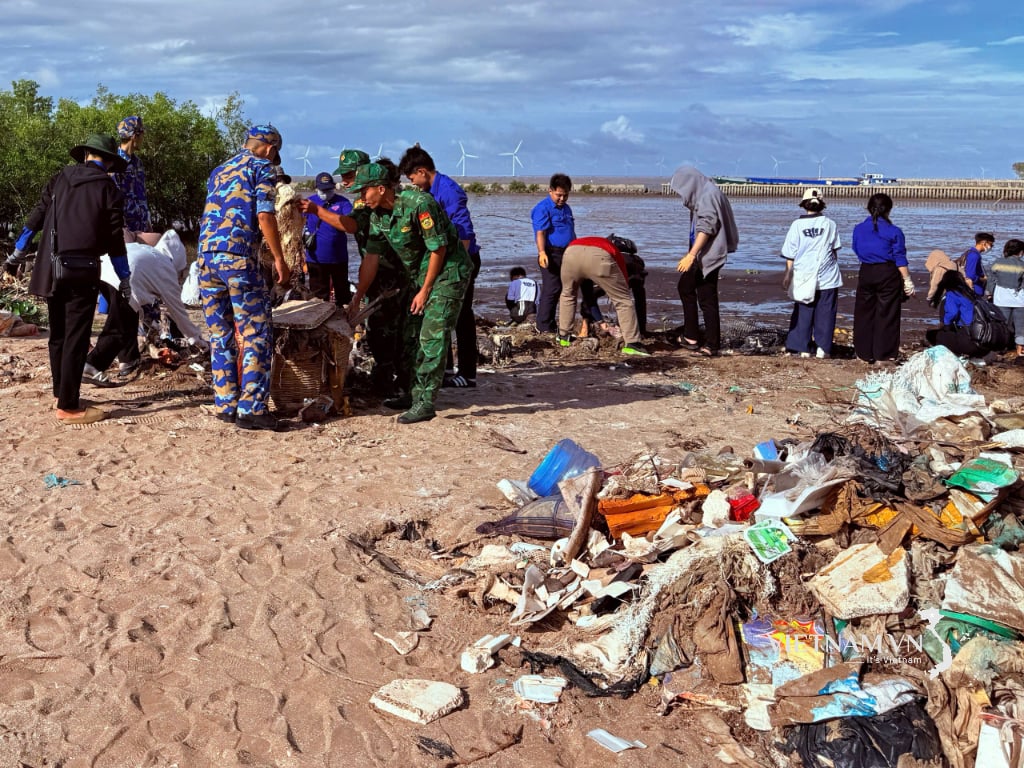
Comment (0)